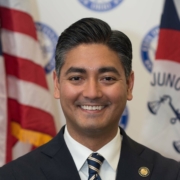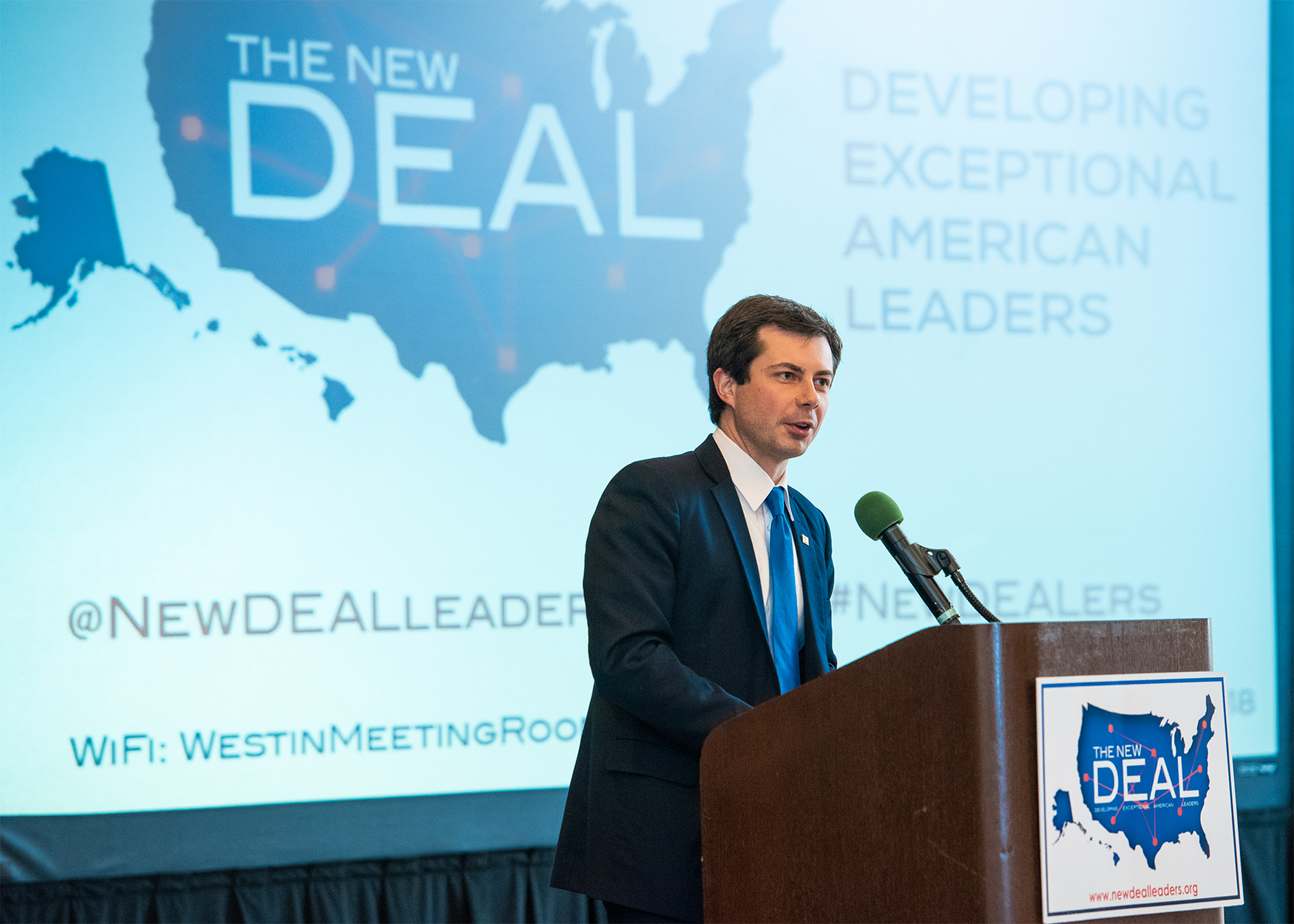Mayor Aftab Pureval: New Cincinnati Budget Prioritizes Housing, Fiscal Responsibility
NewDEAL Leader Cincinnati Mayor Aftab Pureval’s $523 million budget proposal for the 2024 fiscal year was unanimously passed by the City Council. The budget invests in several housing initiatives, including rental assistance, eviction counsel, code enforcement, and a new pilot rental rehabilitation loan program. The budget also includes money for three groundbreaking programs aimed at realizing equitable financial opportunities for all residents: a medical debt relief program, a child savings account initiative, and a guaranteed income pilot program. Importantly, the city is planning for a future without federal assistance, eyeing additional revenue sources and responsible budget cuts that will ensure a smooth transition as COVID-era assistance ends. Read Mayor Pureval’s letter to the Council about his budget here.










